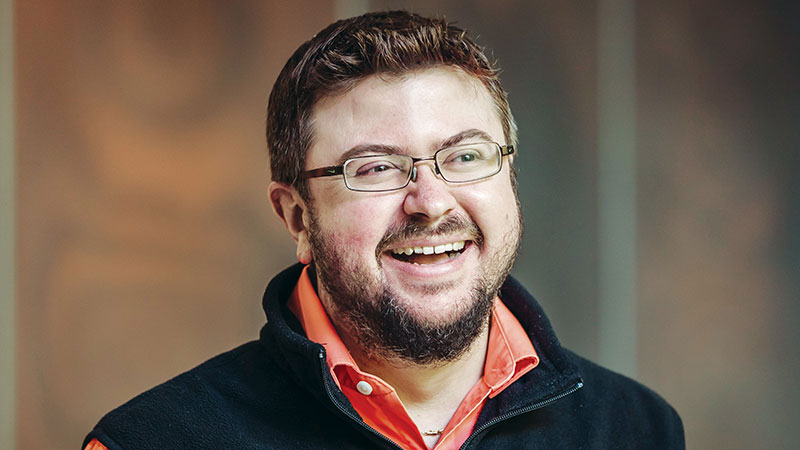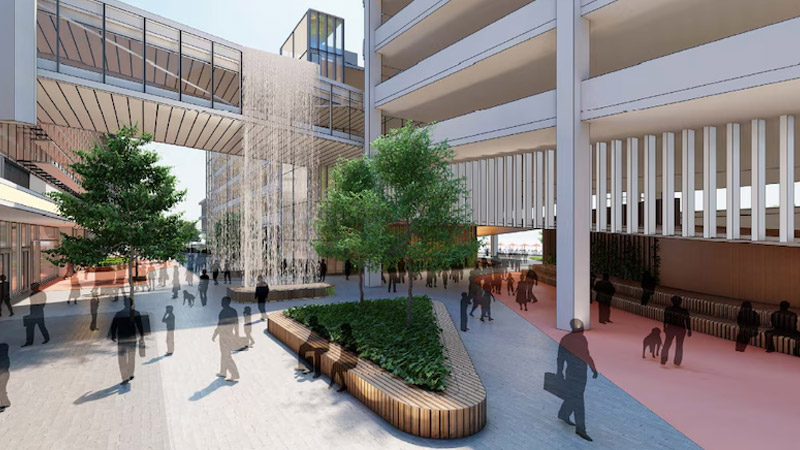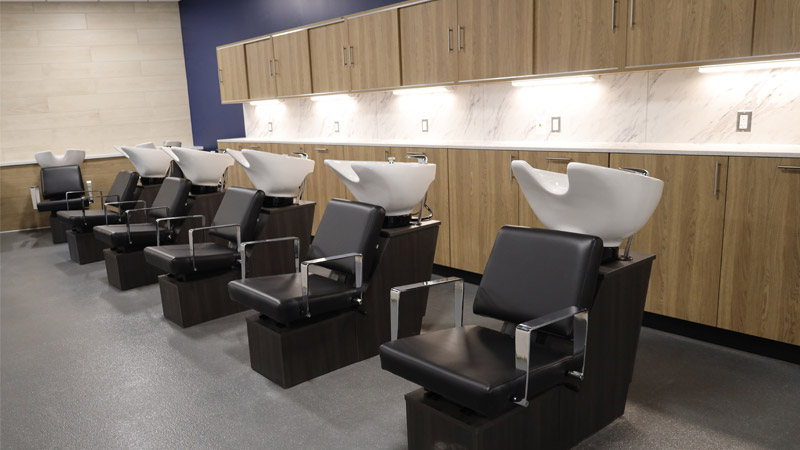A Q+A with Mike Elwell, director of Western Michigan University (WMU)’s Richmond Institute of Product Design and Innovation.
What should people know about WMU’s product design program?
The Richmond Institute of Product Design and Innovation is two years old now, so our students are freshman and sophomores. I believe that we have one of the best facilities in the country. In our fabrication lab for rapid prototyping, we have six 3D printers, a laser cutter, table saws, planers, band saws—everything that students need to get an idea out of their head and produce it. Students doing early iterations of a project can go in, grab a chunk of foam, and start prototyping. In their material and processes course last semester, one class created rotationally molded pieces of outdoor furniture that could be sent to a manufacturer.
What was your initial vision for the program?
In the past, there was a product design program here at WMU, but it shut down about ten years ago. After that, several community companies banded together and petitioned the university to bring the program back. These businesses were having trouble recruiting designers to the area and argued that there were local, well-paying, design-related jobs that were going unfilled. Their idea was to grow designers right here in Southwest Michigan. People aren’t generally aware that there are more product design jobs in Michigan than there are in many parts of the country.
How has community support impacted the program?
WMU’s donor community and level of corporate support have been unbelievable. We’ve had a lot of corporate partners, and that allows us to get professional designers in the classroom working with students. In our design drawing course, we had designers from Stryker in the classroom drawing with students. And in our design seminar, we bring a different professional designer in to speak to the students once a week. The institute is meant to interact with industry, bringing together people from across WMU to work on difficult challenges and solve problems together through the lens of design.
What first sparked your passion for design?
I loved Legos as a kid. In one of my earliest memories, a letter came in the mail asking if I would like to join the Boy Scouts. I remember telling my mom something like, “I think I’d rather stay at home and play with Legos.” She seemed to think I was being ridiculous and antisocial, but it worked out in the end. In high school, I had a high GPA, was doing fine in my math and science courses, and was also decent at art. I found out that when you’re a good student who can understand math, but also draws well, everyone will tell you that you should be an architect. So, that’s what I set out to become. At the time, I had no idea the industrial design profession even existed.
When did you know you wanted to pursue industrial design specifically?
I did my undergrad at [the University of] Notre Dame. I could tell you the exact moment I knew I was an industrial designer at heart. In a drawing lab, my professor was teaching us how to draw ellipses in perspective—they’re very difficult to draw. We were drawing coffee pots for practice, and I put a button on my coffee pot. During the critique, my professor asked, “What does this button right here do?” That’s when I realized that design isn’t about creating a piece of art that’s going in a gallery, it’s about designing products with a purpose, products that are improving quality of life. I switched to industrial design immediately.
At WMU, we try to instill that in our students. We teach that a designer aspires to create products that don’t end up in landfills. Our job is to meet authentic human needs. It starts with a thorough understanding of what the customer needs, and then there’s an integrative process where designers, engineers, and marketers come up with many custom ideas as quickly as possible, discarding the ones that don’t work and refining the ones that do.
What other aspects of design are important for your students to learn?
We believe that with this institute’s structure—and with the support from the community—graduates of this program will be highly employable. But we try to empower them with leadership and entrepreneurial skills. I would love to see students realize some of the great ideas and projects they come up with while they’re here. When I was studying at Notre Dame, I designed a prescription bottle that’s easier to open for people with arthritis. It was simple to get a utility patent on that idea, so I licensed that to a company that manufactures and distributes it. That got me interested in entrepreneurship. Today, most people assume launching a business is impossible. That’s unfortunate because it’s never been easier to launch an idea, using a platform like Kickstarter.
What qualities are you looking for in program applicants?
We’re running through product design interviews right now, looking for our next troupe of students. I’m searching for someone who is a solid student, but also someone who can communicate visually. More than that, I’m looking for someone who’s a maker—maybe they did well at a science fair, or maybe they like to build stuff with their dad in the garage. I often describe the industrial design as the artsy side of engineering.




